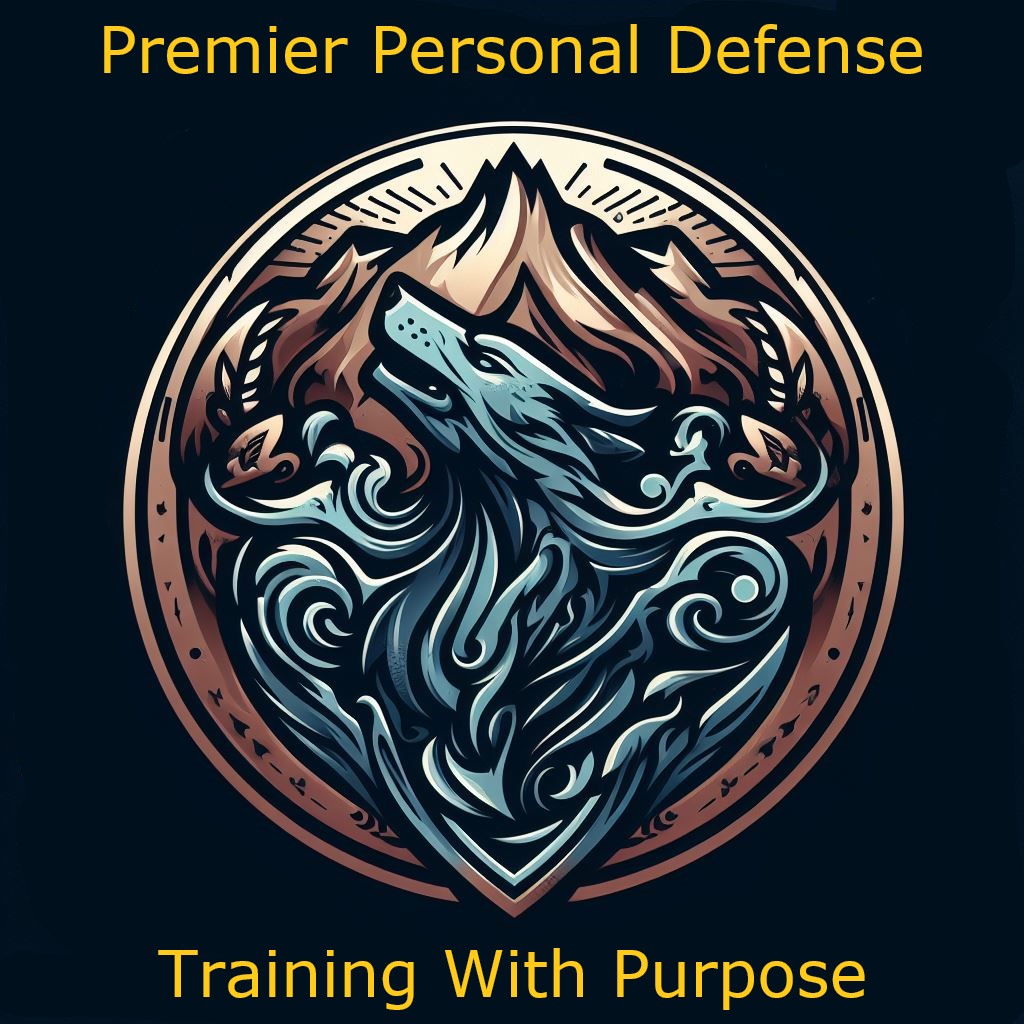Concealed Carry Online Training by a Department of Public Safety course can be done at your own pace and when it’s convenient for you. You are still required to qualify with live fire at range but that’s a pretty short process, depending on how many students are qualifying with you. These online classes are affordable and will make sure you have completed the required training to get you License to Carry in the state of Texas
How to enroll
At the bottom of this post is a button entitled “Enroll Now”. Simply click on the link for easy, secure payment. This will get you access to the course. Payments can be made using a credit card or a debit card. That’s’ all you need to do in order to start the course.
Why Online Training?
Online training is an easy and comfortable way to learn and you can do the course at your own pace. The same information and test as live training is present in the online course.
The Evolution of Learning: Online Training Courses vs. Live Instructor-Led Training
In the digital age, the landscape of professional development and education is constantly evolving. The advent of online training courses has revolutionized the way individuals enhance their skills and knowledge. While traditional live instructor-led training has been the cornerstone of learning for decades, online training courses offer a plethora of benefits that cater to the modern learner’s needs.
Flexibility and Convenience:
One of the most significant advantages of online training courses is the flexibility they offer. Learners can access course materials at any time, from anywhere, without the constraints of a fixed schedule. This is particularly beneficial for those balancing work, education, and personal commitments. The ability to learn at one’s own pace allows for a more personalized experience, accommodating different learning speeds and styles.
Cost-Effectiveness:
Online courses often come with reduced costs compared to their live counterparts. There are no travel expenses, accommodation costs, or printed materials, which can add up quickly. Additionally, the scalability of online courses means that they can reach a larger audience without additional costs, making them an economical choice for both learners and organizations.
Diverse Learning Resources:
The digital nature of online training courses allows for a rich array of multimedia content, including videos, interactive simulations, and forums. This variety caters to different learning preferences and can lead to a more engaging and effective learning experience. Furthermore, updates to course content can be made swiftly and distributed instantly, ensuring that learners have access to the most current information.
Self-Paced Learning:
Online training empowers learners to take control of their education. They can spend extra time on challenging topics and skip over material they’re already familiar with, leading to a more efficient learning process. This self-paced approach can result in better retention of information and a deeper understanding of the subject matter.
Global Perspective:
Online courses often attract a diverse, global audience, which can enrich the learning experience. Discussions and collaborations with peers from various backgrounds can lead to a broader perspective, cultural exchange, and networking opportunities that are less likely in a local, live training setting.
While online training courses offer numerous benefits, it’s important to acknowledge that live instructor-led training has its own set of advantages, such as real-time interaction, immediate feedback, and the potential for hands-on experience. The choice between online and live training ultimately depends on the individual’s learning objectives, preferences, and circumstances.
In conclusion, online training courses represent a significant shift in educational delivery, providing learners with a flexible, cost-effective, and diverse learning environment. As technology continues to advance, the potential for online learning to complement and enhance traditional training methods is vast, offering a blended approach that can cater to all learning needs. The future of learning is here, and it’s online

